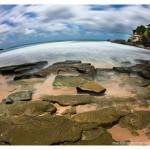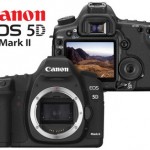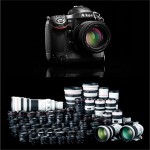
Taking photos of sunrises and sunsets can be especially rewarding. At these times of day when the sun is lower in the sky, sunlight travels through more atmosphere to reach the earth. Photographing sunbeams/rays of light requires specific camera settings and an eye for careful evaluation of the quality of light.Here are some tips and tricks for capturing rays of light.
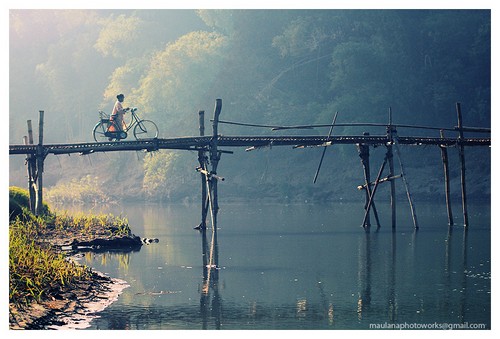
1. Choose a shoot time in the early morning or late evening. Optimal shooting is between 1/2 hour before sunset to 1/2 hour after sunrise. Don’t forget about “afterglow” and remember to look behind you to notice what the sky is doing there as well.The sun’s rays are most dramatic at these hours. High-contrast midday light is difficult to capture. In the early morning and evening hours, mist or other particles in the air will reflect sunlight more clearly, creating a better defined sunbeam in the image. If morning mist is low, do it like what they do in movies, create smoke. Rays get reflected in the dust partickles of smoke. You’ll get the same effect.
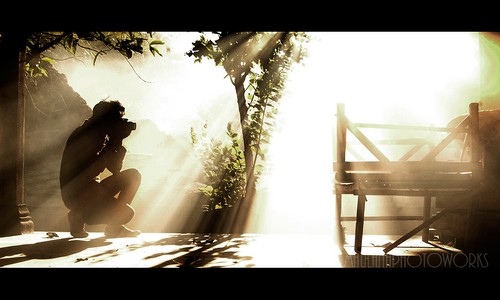
2. Try to hide the sun behind a tree or branch to enhance the rays of light. it helps if there’s a wee bit of mist or vapour in the air as the light reflecting off this accentuates the rays.
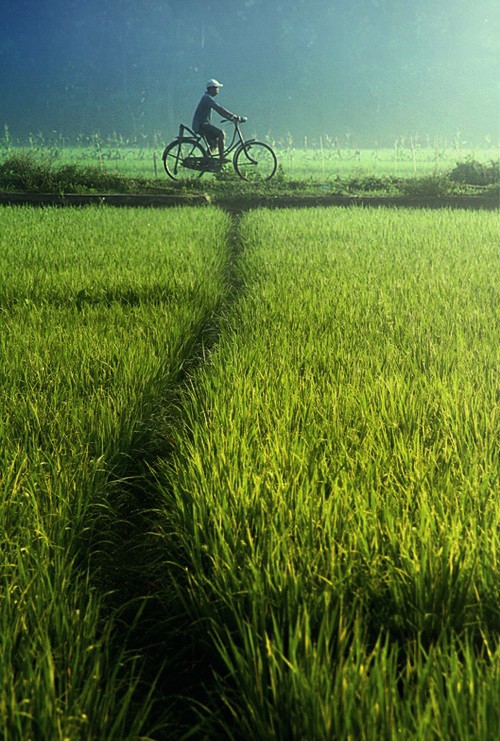
3. Choose a high-contrast location where the sunlight is cascading onto a darker background, such as through a canopy of leafy trees or through a window into a darkened room. The contrast of the dark background will clearly delineate the sunbeam.
4. Compose your image in such a way that the sun is not a direct part of the composition. Try to hide the sun behind a tree or branch to enhance the rays of light. it helps if there’s a wee bit of mist or vapour in the air as the light reflecting off this accentuates the rays and this keeps direct sunlight from overpowering individual rays of light.

5. Meter the image and select camera settings based on your meter reading. These settings will vary based on your chosen backdrop and setting. A high-contrast situation, such as sunlight on a dark background, may “fool” your meter, so selecting settings that are slightly lower than recommended by your light meter may improve your chance of success. Do not use your flash. Select a narrow aperture setting to maximize the depth of field and use a longer shutter speed to compensate for the smaller quantity of light.
6. Watch out for lens flare, keep your lens surface and lens filters clean.
